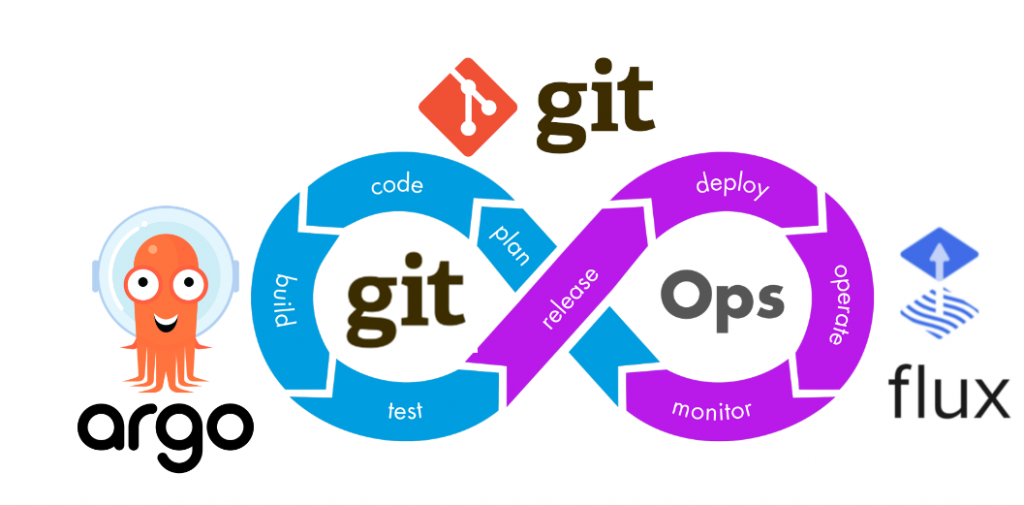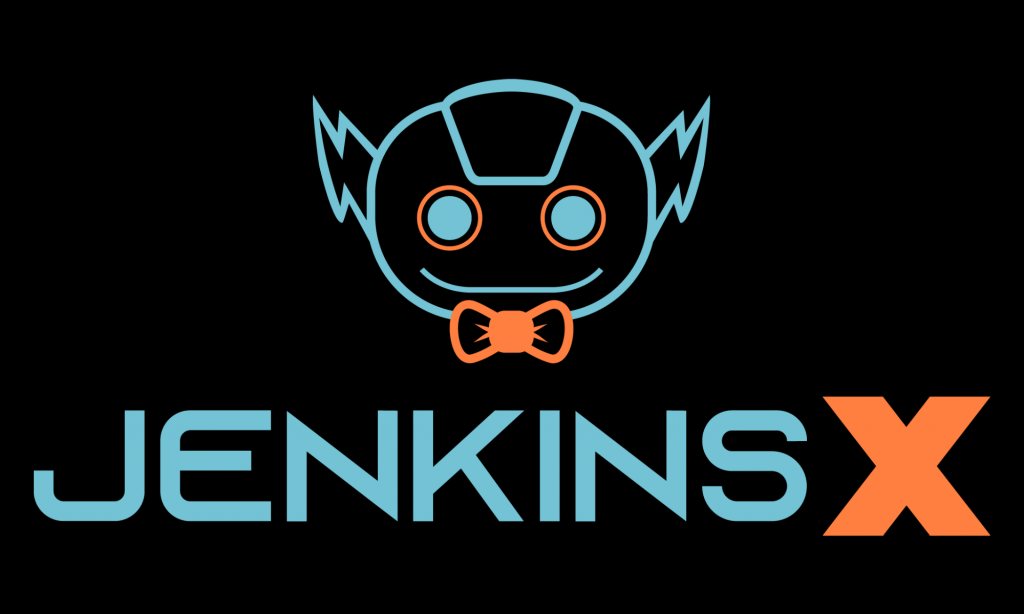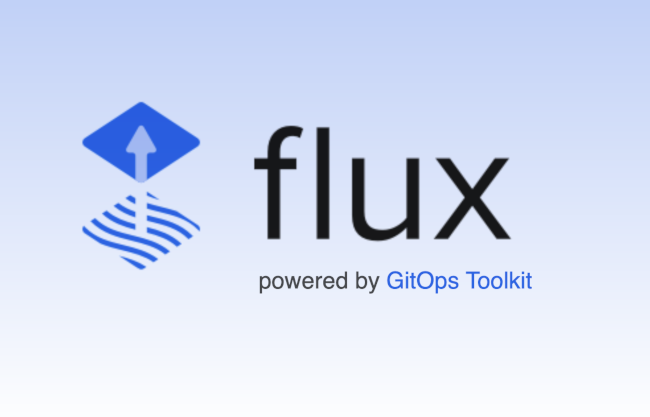
Are you tired of manually deploying code updates and struggling to keep track of all the changes made to your software? GitOps is here to help. This modern approach to software delivery and deployment allows you to manage your infrastructure and applications using Git, the popular version control system. But with so many GitOps tools available, it can be overwhelming to choose the right one for your team. In this article, we’ll explore the top GitOps tools and what makes them stand out.
1. Flux
Flux is a popular GitOps tool that automates the deployment of your Kubernetes cluster. It connects your Git repository to your Kubernetes cluster and automatically deploys changes as soon as they’re pushed to your repository. Flux also allows you to rollback changes quickly if something goes wrong. With Flux, you can easily manage multiple clusters from a single Git repository, making it an ideal tool for teams with complex infrastructure.
2. Argo CD
Argo CD is another GitOps tool that specializes in deploying applications to Kubernetes clusters. It provides a web interface that allows you to manage your applications and deployments easily. Argo CD also supports multiple environments, making it easy to deploy your application to different clusters with different configurations. One of the standout features of Argo CD is its ability to detect drift, where the actual state of your cluster differs from the desired state defined in your Git repository, and automatically reconcile the differences.
3. Jenkins X

Jenkins X is a GitOps tool that focuses on continuous integration and delivery (CI/CD) for cloud-native applications. It uses GitOps principles to manage the entire software delivery process, from development to production. Jenkins X automates the creation of Kubernetes clusters, the deployment of applications, and the creation of pull requests for code changes. It also provides a web interface that allows you to manage your pipelines and deployments easily.
4. GitLab
GitLab is a popular GitOps tool that provides a complete DevOps platform. It includes features for source code management, continuous integration and delivery, and container registry. GitLab supports GitOps principles by allowing you to manage your infrastructure and deployments with Git. It also provides a web interface that allows you to manage your pipelines and deployments easily.
5. Weave Flux

Weave Flux is a GitOps tool that focuses on continuous delivery for Kubernetes clusters. It provides a web interface that allows you to manage your deployments and environments easily. Weave Flux also supports multiple clusters and allows you to deploy applications across different environments. One of the standout features of Weave Flux is its ability to automate the creation of Kubernetes objects, such as services and ingresses, based on changes made to your Git repository.
Conclusion
There are many GitOps tools available, each with its strengths and weaknesses. Choosing the right one for your team depends on your specific needs and preferences. Flux and Argo CD are excellent choices for Kubernetes deployments, while Jenkins X provides a complete CI/CD solution for cloud-native applications. GitLab is a popular all-in-one DevOps platform, and Weave Flux focuses on continuous delivery for Kubernetes clusters. Whichever GitOps tool you choose, it’s important to keep GitOps principles in mind and automate your software delivery process to improve your team’s efficiency and productivity.

👤 About the Author
Ashwani is passionate about DevOps, DevSecOps, SRE, MLOps, and AiOps, with a strong drive to simplify and scale modern IT operations. Through continuous learning and sharing, Ashwani helps organizations and engineers adopt best practices for automation, security, reliability, and AI-driven operations.
🌐 Connect & Follow:
- Website: WizBrand.com
- Facebook: facebook.com/DevOpsSchool
- X (Twitter): x.com/DevOpsSchools
- LinkedIn: linkedin.com/company/devopsschool
- YouTube: youtube.com/@TheDevOpsSchool
- Instagram: instagram.com/devopsschool
- Quora: devopsschool.quora.com
- Email– contact@devopsschool.com

